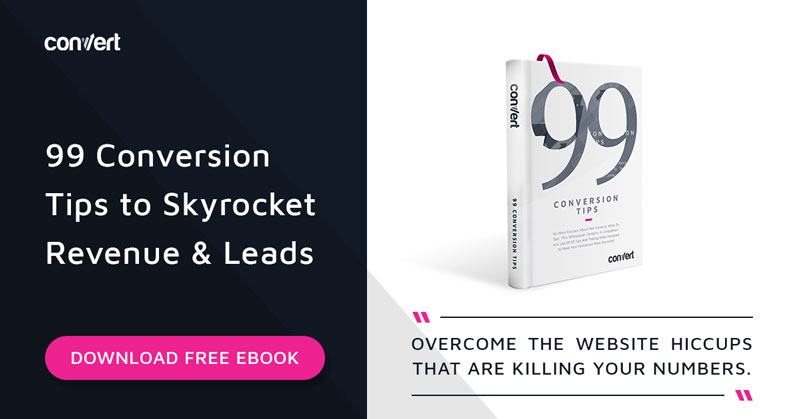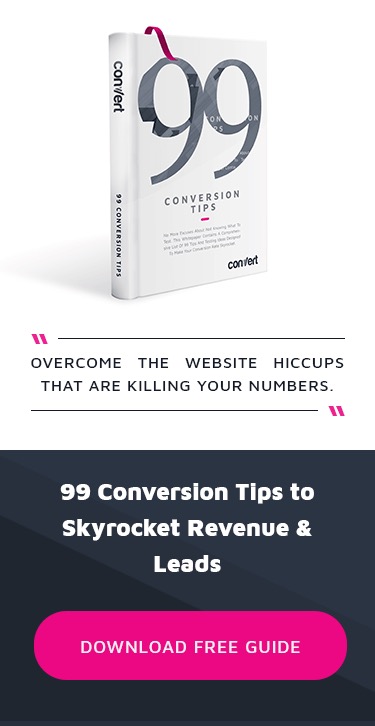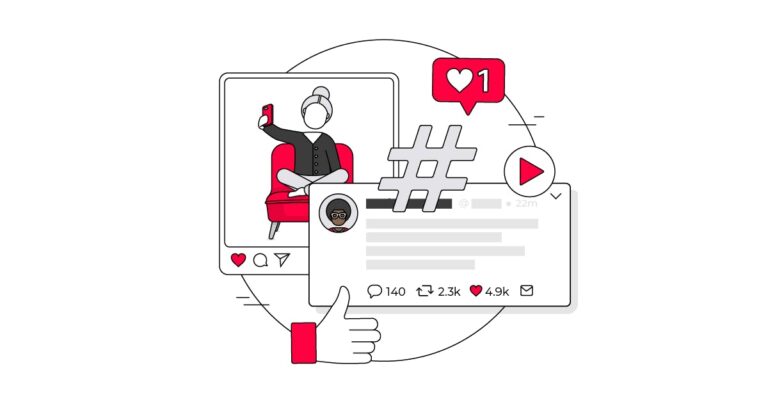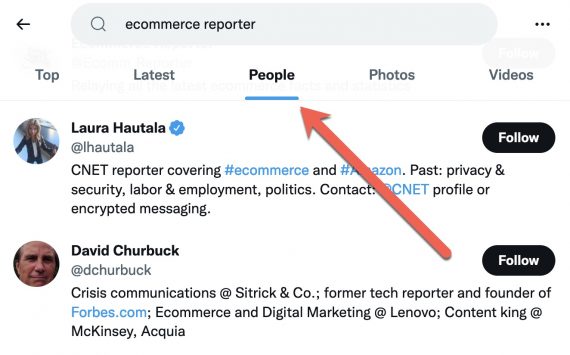15th Apr 2019 – 
The Diigitals introduced three new models in late 2018 and Lil Miquela has gained half a million new followers since mid 2018. We also know that Lil Miquela and Brud received millions of dollars in investments from Silicon Valley. So clearly, they are successful.
Miquela Sousa (aka Lil Miquela; 1.5 million followers) claims to be a sentient robot model living in Los Angeles, but is purported to be Brud’s CGI project. Her friends also include corporeal celebrities, as well as her own group of fellow-CGI influencers, Blawko (@blawko22) and Bermuda (@bermudaisbae), reportedly made by the same creators (Brud). She is a proponent of the #blacklivesmatter movement and a supporter of the LGBTQ community and Justice for Youth. Brands such as Balenciaga, Prada, Coach, and OUAI have been known to collaborate with this AI instagram model.
Supporters of these AI models argue that these models are no different from mannequins, and that all posts on Instagram are already fabricated. Shudu and Miquela’s bio on their Instagram pages also have a disclaimer in which they are revealed to be digital models.
Before you dive head first into recruiting one of these models for your next social media campaign, you should also consider the possible backlash. Shudu and Miquela receive criticism from those who claim they are taking jobs from flesh-and-blood women of color. Shudu’s creator, Wilson, is said to be overstepping boundaries as a white male. Both models, as well as other AI Instagram models, are also often mistaken as “real” women, and thus raise concerns with unhealthy body image issues.
The great thing about Facebook and Instagram ads is that they are tailored to the target demographic.
Who are these AI Insta Models?
In 2018, the Instagram and social media worlds experienced a novel trend with the rise of several AI models such as Shudu and Lil Miquela.
Shudu (@shudu.gram)
However, with such strange newcomers as Shudu and Miquela to the social media scene, new questions have also risen.
Miquela Sousa (@lilmiquela)
The Federal Trade Commission has also jumped into the conversation. They believe that these models should be beholden to the same rules applicable to human social influencers who endorse brands or products.
Here’s How Instagram Gets You More for Your PPC Budget:
Those in the e-commerce field have long known that AI can help businesses optimize their marketing strategies on the back-end. For example, AI and machine learning models have been known to improve predictions of organic CTR from advertisements.
You can keep track of your click-through rate on links for a limited period of time through your Instagram Insights, located at the top right of your account page (graph icon). Using an analytics tool, you can then determine what people did after clicking this link.
Also, can other industries outside of the beauty and fashion world benefit from these models?
First, neither of these digital models are truly AI, but companies like Betaworks believe that digital models with AI are the next big thing. It’s worth analyzing these digital models now, as a precursor to what we might gain from real AI models in the future. Both AIs use marketing tactics like tagging brands and items in their Instagram posts, and adding affiliate links to their bios.
Shudu Gram (157k followers) is a model and influencer who was revealed to be the experimental work of photographer Cameron-James Wilson. She is known to “hang out” with flesh-and-blood celebrities and even recently attended the EEBAFTAs in February 2019. Her “agency,” the Diigitals, also represents/creates other models, including Margot and Zhi, who joined her in August 2018 as Balmain representatives. She is also connected to Fenty Beauty and Tiffany, and has appeared in such magazines as Vogue and Cosmopolitan.
However, such a reality is fast approaching, and models like Shudu and Miquela are the precursors. If we take advantage of the current opportunities, then we can better anticipate the marketing strategies of the future as well. At the very least, we know that they are the faces of some very successful marketing campaigns and “modeling agencies,” both capable of increasing your CTR.
How AI Instagram Models Can Improve Your Ad CTR:
While these models presently collaborate with fashion and beauty products, we can easily see how they can translate into other industries as well. Home decoration and design, as well as technology and tech accessories (e.g. phones, tablets) already employ advertisements on Instagram, and could conceivably profit from a partnership with these models.
As an example, Lil Miquela switched tracks to tease her followers with snippets from her “music recording” sessions, even though no prior mention of singing had ever been made on her Instagram account.
Ads will be shown to a user based on their information and their online behavior. For example, a young woman in her early 20s who regularly checks into fitness clubs in LA on Facebook may see an ad for a California-based athleisure clothing company on Instagram.
The approach has the benefit of the trust that influencers and micro influencers engender in their followers, with the convenience of not having to look for someone who is already an expert at what you do!
You can also further analyze your data from your Instagram and website to respond with posts that are better tailored for your audience by using tools like Convert.
What can you learn from having AI as the face of your marketing, rather than as dry tools of statistical analysis?
These are uncharted territories, and we are predicting the response and effects of models who don’t really exist—yet.
In short, you can easily reach different types of audiences through your AI influencer’s following and up the awareness of your brand.
While there are no currently available statistics for the CTR trends of brands such as Fenty Beauty and Balmain after their partnerships with models like Shudu, we can extrapolate based on their success.
We also know that the number of Americans who use Instagram has risen by 13.1% since 2017, and that since Instagram Stories was introduced, businesses have reported 15 – 25% more click-throughs from links posted on their stories.
Ethical Concerns
Additionally, some people can be drawn to these models based on the controversies that surround them. Shudu has raised many questions concerning race and authenticity, whereas Miquela’s creators orchestrated a fake “hacking” from Miquela’s now-friend Bermuda. This hacking drama and resulting friendship has been likened to the Kardashian’s created “drama,” which has also experienced success as a marketing tactic.
Instagram stories, posts, and the newer IGTV all create opportunities to stir excitement with announcements, contests, and more. The hashtags lead users to visual posts that capture their attention with aesthetically pleasing “people,” products, and concepts (i.e. vacations, luxury homes, etc.). Then, the text further intrigues them with keywords and emotional marketing, and tagged items that are linked straight to the brand or product seal the deal. “Links in bio” also improve a website’s CTR, especially when posted on influencer’s accounts.
Both the larger influencers with massive followings and micro influencers who represent niche markets present a huge opportunity for e-commerce businesses. A call to action in their bio or on their posts, combined with other tactics, can increase your CTR by up to 250%. However, keep in mind that these calls to action can negatively impact your follower’s perception of your brand and products, and therefore your CTR, if you spam it on every single post.
Parting Words
This is the reason why each AI driven model is a great blank canvas for endorsements from businesses with vastly varied backgrounds.
We will touch on this later in the section about ethical concerns, but AI powered models are not real humans. They can successfully portray “proficiency” in a field that they haven’t dabbled in.








